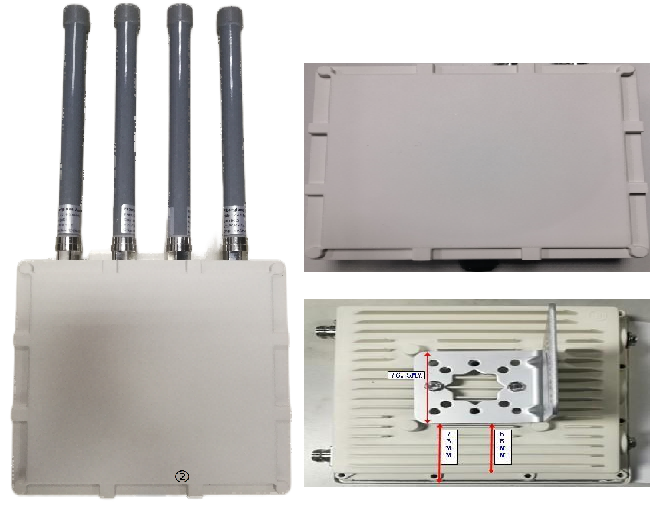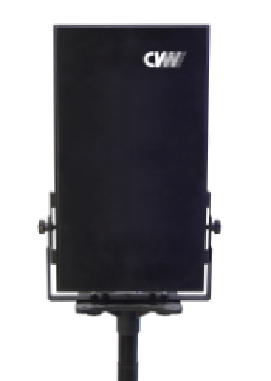From the 2018 International Forum on Civilian Unmanned Aerial Vehicle Development, we learned that the real name registration of Chinese drones has exceeded 180,000! It can be seen that drone technology, especially in the rapid development of drone pictorial transmission technology, is increasingly favored by the country. This article compares the common drone mapping technology for you to see.
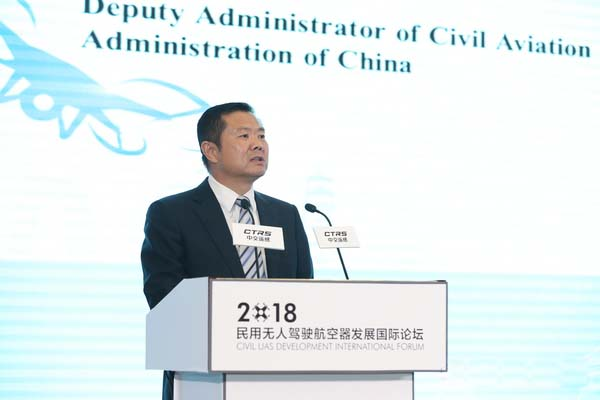
2018 International Forum on Civil Unmanned Aerial Vehicle Development
Before comparing drone mapping technologies, let’s introduce a few terms in a figurative way.
Channel: The channel of transmission in a communication system, as if it were a viaduct.
Source: A source is an entity that generates information of all kinds, like a big truck full of cement.
Coding: as if it were courier and packing, in order to have no damage during transmission.
Spread Spectrum: It is a technology for information processing to improve transmission performance, as if it were an eight-way, high concealment, strong anti-interference ability.
Modulation: as if it were a new vehicle with fewer passing steps.
Specifically, wireless video transmission is about getting something from one place to another accurately and quickly, being resistant to interference, and getting to the point. So the source and channel should be improved, about the channel technology is to grasp the basis of the focus, such as the current common MPEG-2, MPEG-4 and other technologies, simply put, the focus of the image compression, grasp the focus of the transmission. Channel encoding is all about reducing the bit-count rate and reducing the bandwidth footprint, because transmission is related to bandwidth and capturing the focus can avoid wasting power.
Mainstream technology for drone transmission
1. OFDM
Technically, the preferred transmission technology used by many drones today is OFDM, a type of multi-carrier modulation, which is more suitable for high-speed data transmission.
However, OFDM has its drawbacks.
. Carrier frequency shift
. Very sensitive to phase noise and carrier frequency bias
. Peak-to-average ratio is relatively high.
So getting those three flawed bottlenecks out of the way is the perfect technique.
2. WIFI
In addition to OFDM, many manufacturers are also using WiFi technology, maybe WiFi makes people feel low end when they say it, but it’s not, and WiFi technology is constantly improving.
WiFi transmission is the most widely used technology with cost-effective drone image transmission, but because WiFi has many technical limitations and can not be modified, and many manufacturers are built directly with the scheme, so its shortcomings are also very prominent: for example, the chip is designed into what format is what format, can not be modified, the technology is more solidified; interference management strategy is not strong real-time; channel utilization is low, etc.
In addition, WiFi transmission also has the disadvantage of not being tightly connected to the physical layer, resulting in a less-than-rapid response and higher transmission latency, up to a second delay.
Low latency is needed in FPV mode.
When it comes to latency, there are several main aspects of end-to-end latency.
High-level packet delay
High-level to physical layer delay
Delays due to the time-gap resource allocation mechanism
Delay in transmission
Physical layer processing delay, demodulation decoding, etc.
High-level processing delay
These two methods of pictorial transmission should be the current mainstream of drone pictorial transmission.
In fact, in general, drone teleportation is actually a balance between distance and power consumption, which also involves a lot of modulation techniques, such as the use of spread spectrum to improve anti-interference capabilities, optimization of channel source technology, etc. It’s not much better than WiFi, but DJI has optimized its own system and is more suitable for its drones, so although the 7km map transmission sounds particularly bullish, it’s actually the power consumption and distance balance between the transmission and the modulation of the transmission technology is better.

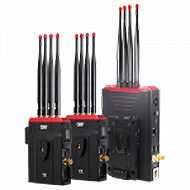 Multi-camera wireless video transmission
Multi-camera wireless video transmission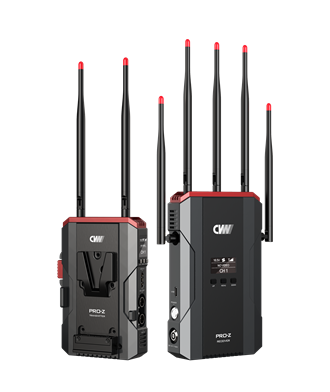 Zero Latency Wireless Video Transmission
Zero Latency Wireless Video Transmission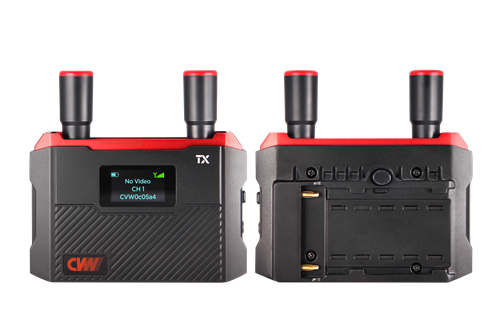
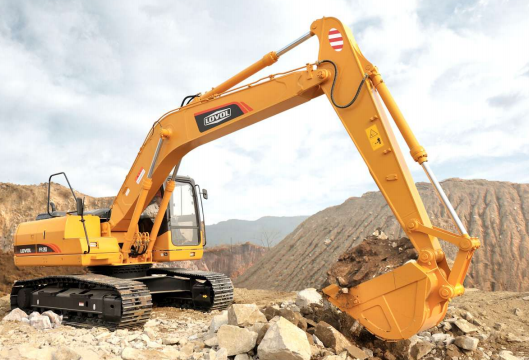 Designed for teleoperating the heavy equipment
Designed for teleoperating the heavy equipment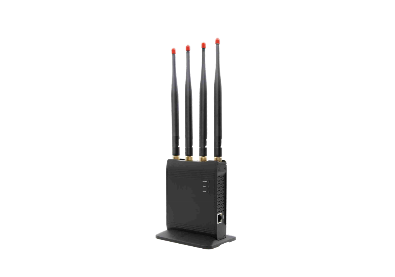 Wireless high-speed data transmission
Wireless high-speed data transmission